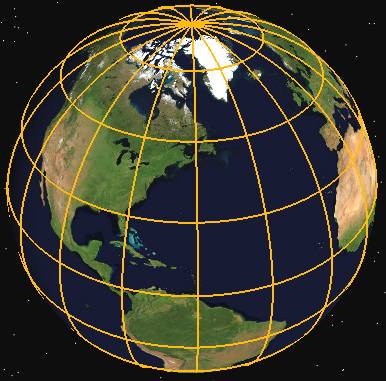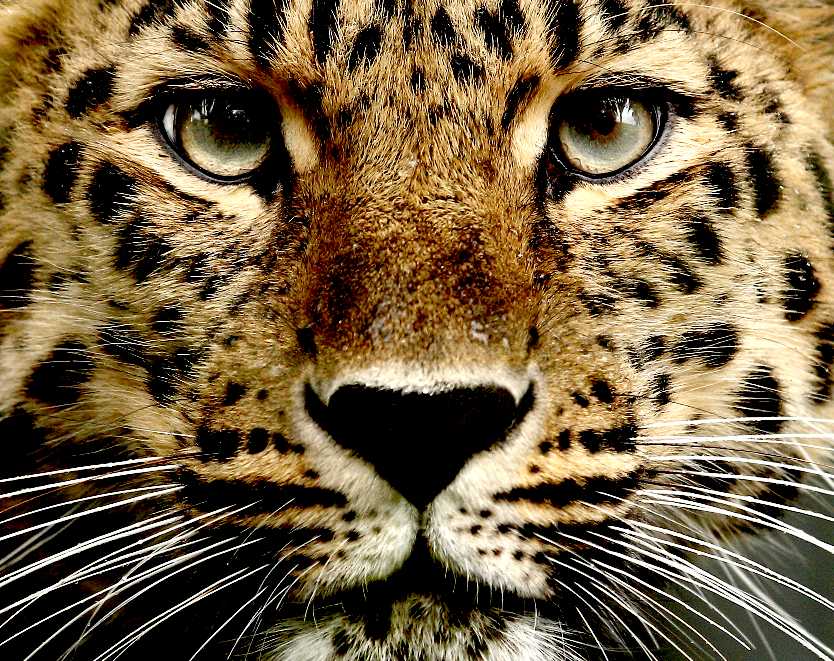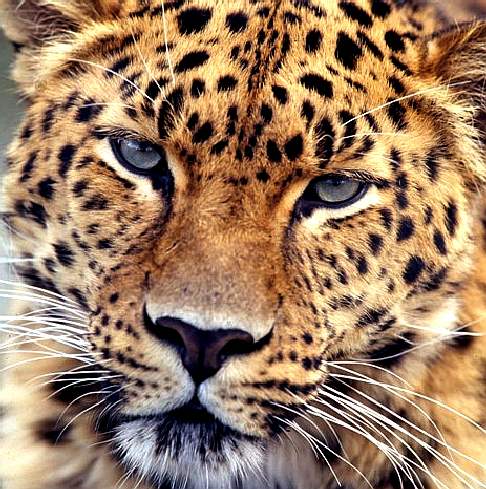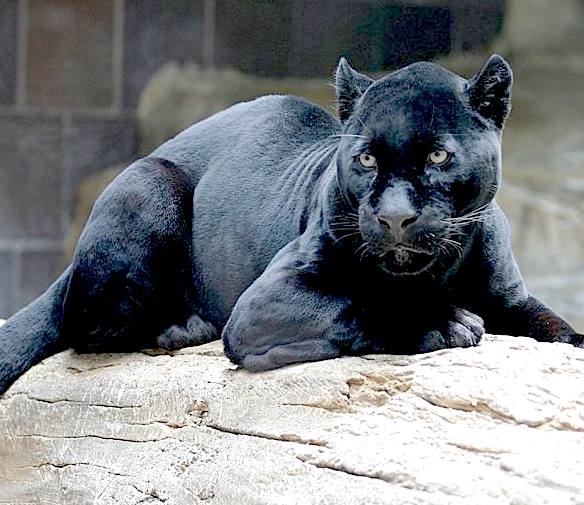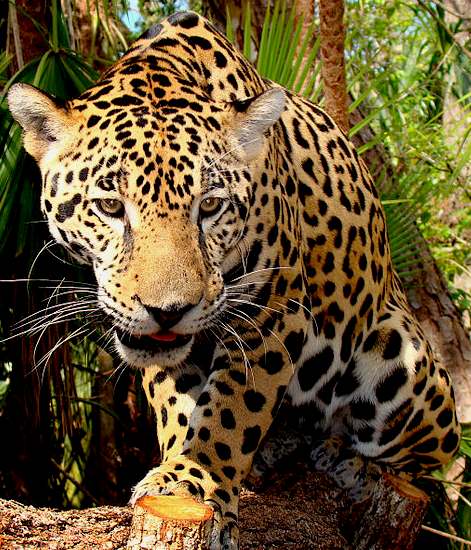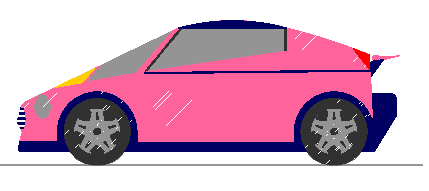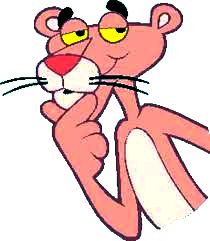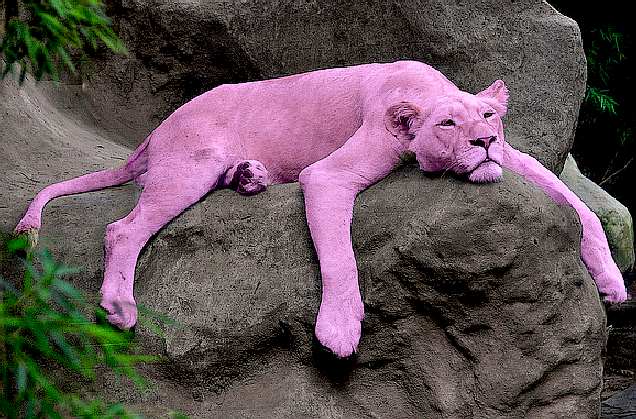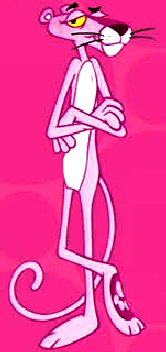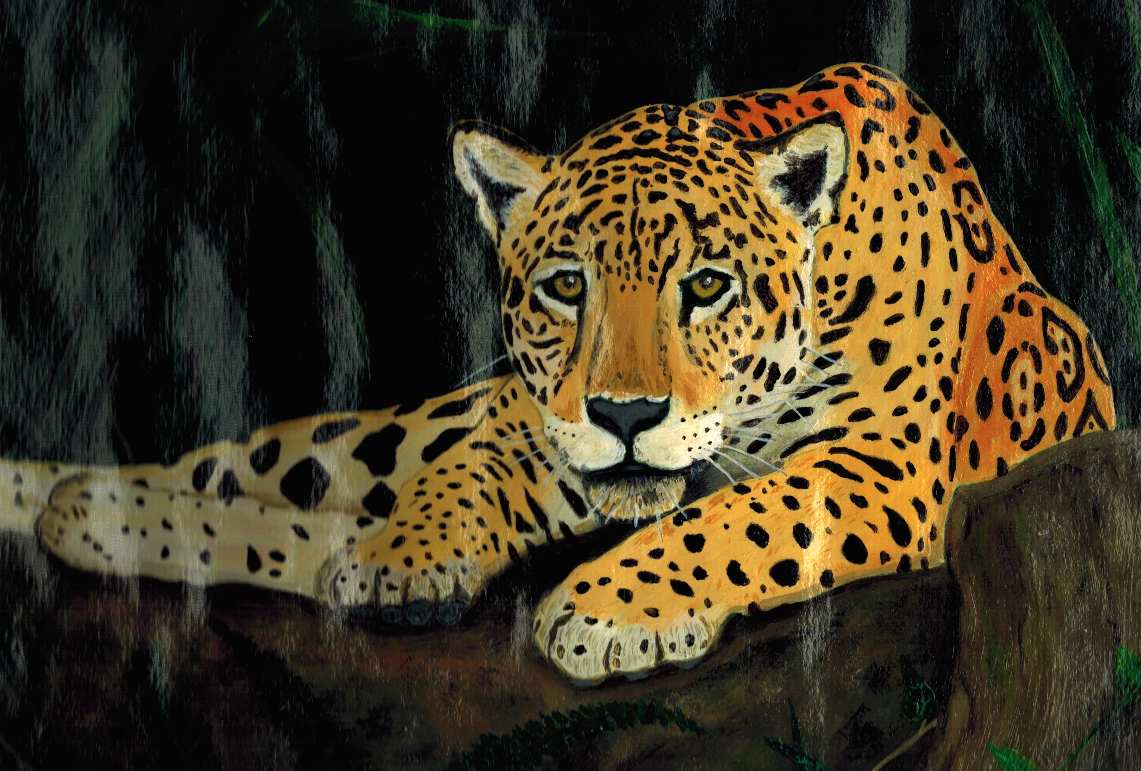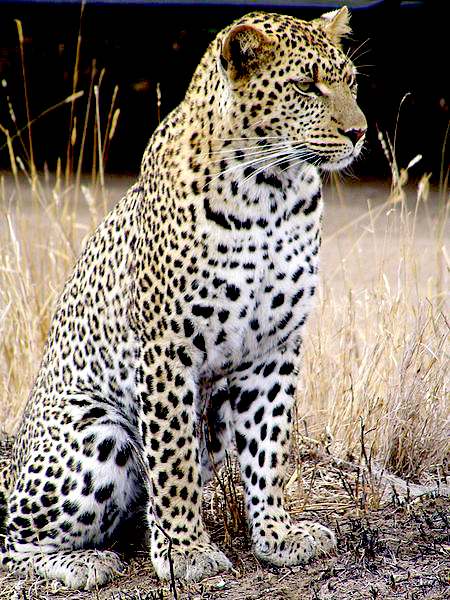|
LEOPARDS
|
|
|||||||||||||||||||||||||||||||||||||||||||||||||||
|
The leopard (Panthera pardus) is a member of the Felidae family with a wide range in some parts of Africa and tropical Asia, from Siberia, South and West
Asia to across most of sub-Saharan Africa. It is listed as Near Threatened on the IUCN Red List because it is declining in large parts of its range due to habitat loss and fragmentation, and hunting for trade and pest control. It is regionally extinct in
Hong Kong, Singapore, Kuwait, Syria, Libya and Tunisia.
The leopard is
strong and comfortable in trees. It often hauls its kills into the branches. By dragging the bodies of large animals aloft it hopes to keep them safe from scavengers such as
hyenas - a sound strategy. Leopards can also hunt from trees, where their spotted coats allow them to blend with the leaves until they spring with a deadly pounce. These nocturnal predators also stalk antelope,
deer, and pigs by stealthy movements in the tall grass. When human settlements are present, leopards often attack dogs and, occasionally, people.
BLACK PANTHERS
Melanistic leopards are commonly called black panthers, a term that also applies to melanistic jaguars. Pseudomelanism (abundism) also occurs in
leopards. Melanism in leopards is inherited as a Mendelian, monogenic recessive trait relative to the spotted form. Pairings of black animals inter se have a significantly smaller litter size than other possible pairings. The black color is caused by recessive gene loci.
JAGUARS
The jaguar, Panthera onca, is a big cat, a feline in the Panthera genus, and is the only Panthera species found in the Americas. The jaguar is the third-largest feline after the tiger and the lion, and the largest in the Western Hemisphere. The jaguar's present range extends from Southwestern
United States and
Mexico across much of Central America and south to Paraguay and northern Argentina. Apart from a known and possibly breeding population in Arizona (southeast of Tucson), the cat has largely been extirpated from the United States since the early 20th century.
The Pink Panther, is also a custom painted Ecostar DC50 to be driven by Lady Penelope in a Cannonball ZEV Run to announced. This electric car features cartridge exchange recharging that is near instant at under 60 seconds.
PINK PANTHER
The Pink Panther is a series of comedy films featuring an inept French police detective, Inspector Jacques Clouseau. The series began with the release of The Pink Panther (1963). The role was originated by, and is most closely associated with, Peter Sellers. Most of the films were directed and co-written by Blake Edwards, with theme music composed by Henry Mancini.
Pink Panthers exist for real. More often you'll be looking at a re-run of a popular television series, based on and featuring Inspector Clouseau. The opening credits feature a Lancia Zero 1 Stratos concept car. He's one cool cat.
In the films, the Pink Panther is a large and valuable pink diamond which is first shown in the opening film in the series. The diamond is called the "Pink Panther", because the flaw at its center, when viewed closely, is said to resemble a leaping pink panther. The phrase reappears in the title of the fourth film, The Return of the Pink Panther, in which the theft of the diamond is again the center of the plot. The phrase was used for all the subsequent films in the series, even when the jewel did not figure in the plot. It ultimately appeared in six of the eleven films.
LEOPARD PAINTINGS
The pictures below are original paintings in acrylics on paper.
Some pictures knock the spots off of others. The right is actually of a Jaguar (not the car), both painted from actual photographs with faithful color representation.
LEOPARD LINKS
http://en.wikipedia.org/wiki/The_Pink_Panther http://bigcatrescue.org/saving-leopards/ http://animals.nationalgeographic.com/animals/mammals/leopard/ http://en.wikipedia.org/wiki/Leopard http://en.wikipedia.org/wiki/Black_panther http://en.wikipedia.org/wiki/Jaguar
OTHER ANIMALS:
POPULAR MAMMALS:
BIRD INDEX:
POPULAR INSECTS:
|
||||||||||||||||||||||||||||||||||||||||||||||||||||
|
This website is copyright © 1991- 2014 Electrick Publications. All rights reserved. The bird logo and names Solar Navigator and Blueplanet Ecostar are trademarks ™. The Blueplanet vehicle configuration is registered ®. All other trademarks hereby acknowledged and please note that this project should not be confused with the Australian: 'World Solar Challenge'™which is a superb road vehicle endurance race from Darwin to Adelaide. Max Energy Limited is an educational charity working hard to promote world peace.
|
||||||||||||||||||||||||||||||||||||||||||||||||||||
|
AUTOMOTIVE | BLUEPLANET BE3 | CANNONBALL RUNNERS | E CARS | S CARS |
||||||||||||||||||||||||||||||||||||||||||||||||||||
